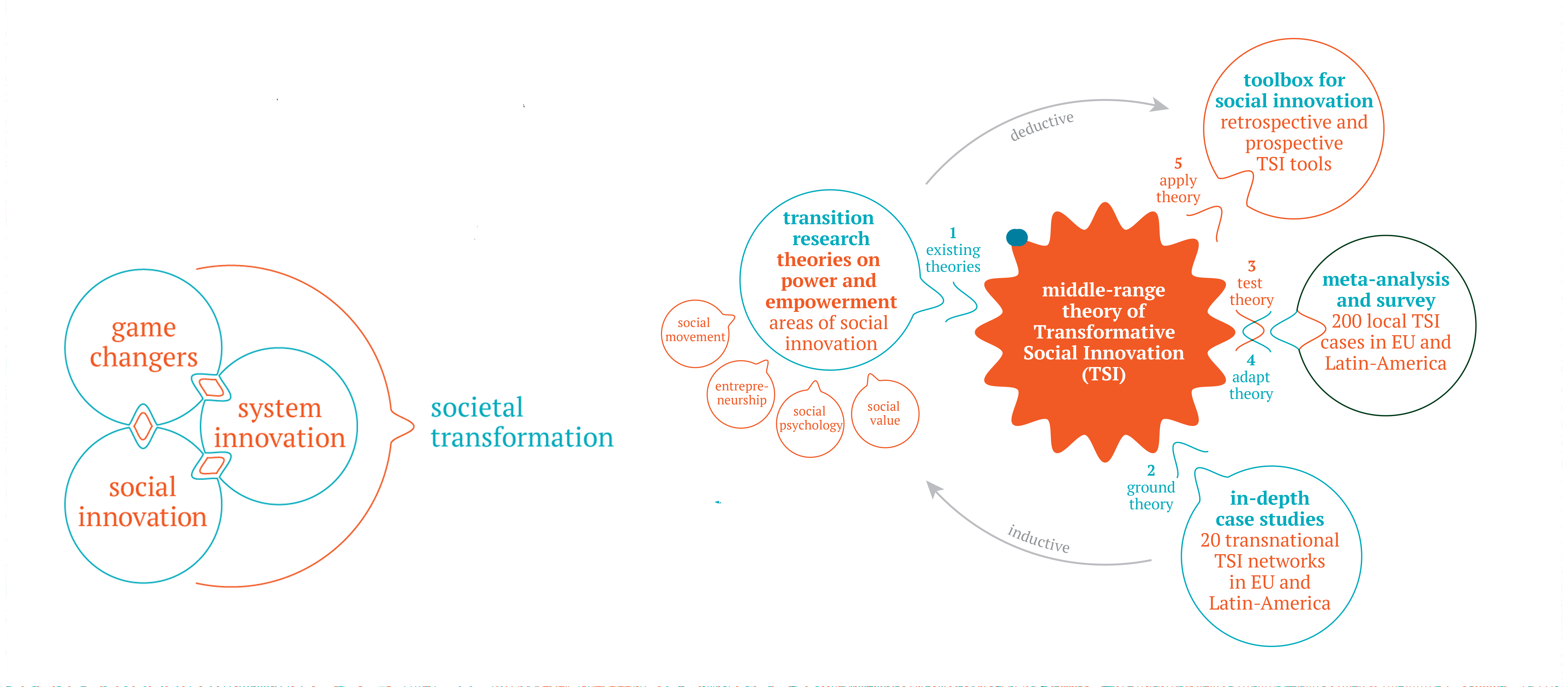for - Christine Wamsler - Lund University - homepage - from - youtube - Mindfulness World Community - Awareness, Care and Sustainability for Our Earth - https://hyp.is/GCUJ1APHEfCcr_vvv3lAFw/www.youtube.com/watch?v=CTUc_0GroGM
-
to - paper - An Interdisciplinary Model to Foster Existential Resilience and Transformation
-
to - paper - Engaging high-income earners in climate action : Policy insights from survey experiments
- for Deep Humanity Wealth 2 Wellth program
- https://hyp.is/MIc0DgPKEfC_Z5v_n8P8mA/www.sciencedirect.com/science/article/pii/S0921800924002842
-
to - paper - Revolutionising sustainability leadership and education : addressing the human dimension to support flourishing, culture and system transformation
- for - LCE leadership academy
- https://hyp.is/nLBHtAPLEfCvUUNZrc_uqw/link.springer.com/article/10.1007/s10584-023-03636-8
-
to - The System Within : Addressing the inner dimensions of sustainability and systems change
- to - paper - Transformative Climate Resilience Education for Children and Youth: From Climate Anxiety to Resilience, Creativity and Regeneration, Literature review conducted for the ERASMUS+ Project 2023-1-SE01-KA220-SCH-000158705
- for - SRG/TPF/LCE ward-level afterschool outreach program but it's currently a dead link and inaccessible
- to - IMAGINE sustainability : integrated inner-outer transformation in research, education and practice
- for - Deep Humanity open source praxis
- Human Interior Transformation (HIT) and
- Social Exterior Transformation (SET) //
- https://hyp.is/5_GsSAPNEfC82DMDillDTw/link.springer.com/article/10.1007/s11625-023-01368-3
research areas - sustainable cities - collaborative governance - city-citizen collaboration - citizen participation - sustainability and wellbeing - sustainability transformation - inner development goals - inner transformation - inner transition - existential sustainability
